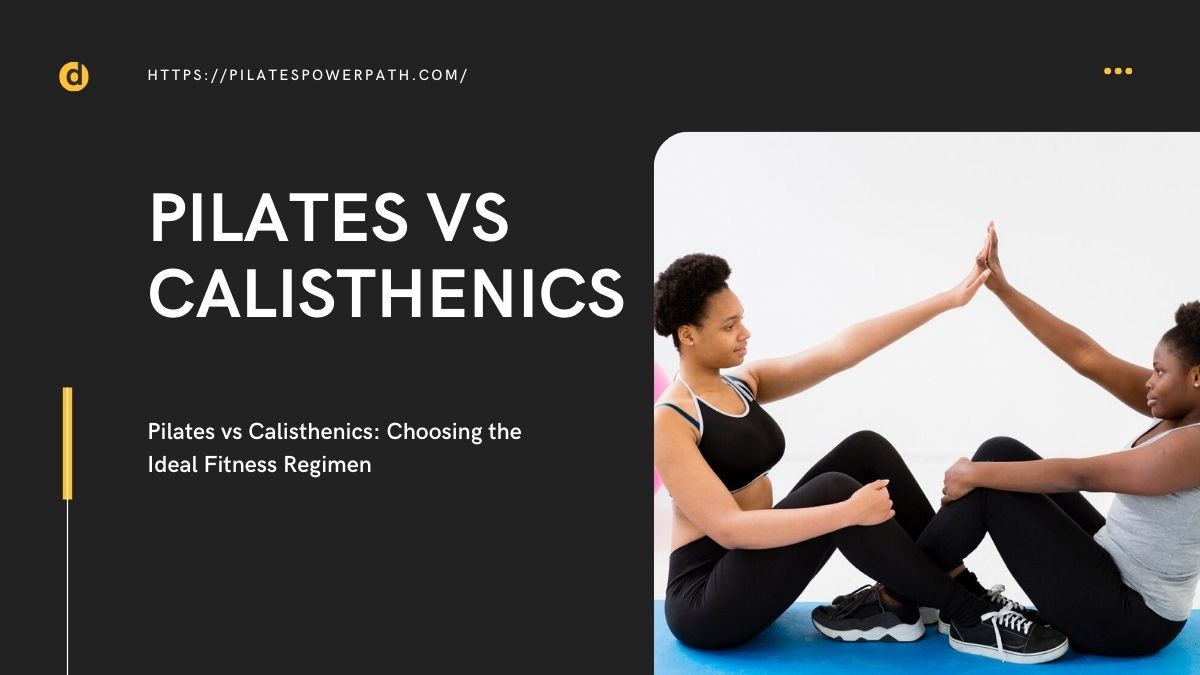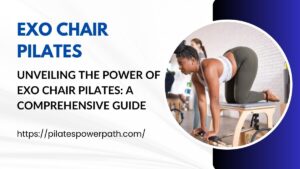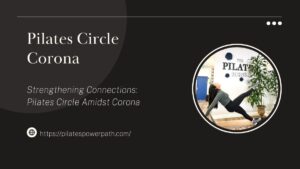Are you in pursuit of the perfect fitness routine but torn between the finesse of Pilates or the raw strength of Calisthenics? Deciding on the ideal fitness regimen can be daunting, considering the myriad of options available. Pilates and Calisthenics stand out as popular choices, each offering unique benefits. In this comprehensive guide, we’ll explore the nuanced differences between these two fitness methodologies to help you make an informed decision tailored to your fitness aspirations.
Understanding Pilates
Origins and Principles
Pilates, developed by Joseph Pilates in the early 20th century, centers on enhancing core strength, flexibility, and posture. The core principles of Pilates encompass breath control, concentration, centering, control, precision, and flowing movement. It aims to create a balanced body through exercises that engage the mind and condition the total body.
Focus on Core Strength and Flexibility
One of the key aspects of Pilates is its emphasis on core strength. By focusing on the muscles of the abdomen, lower back, hips, and buttocks, Pilates helps in developing a strong and stable core. Furthermore, the practice significantly enhances flexibility through stretching movements incorporated into various exercises, improving joint mobility and preventing injuries.
Equipment and Mat Exercises
Pilates exercises can be performed using specialized equipment like the Reformer, Cadillac, or Wunda Chair. These machines offer resistance and support to aid in performing controlled movements. Additionally, Mat Pilates, which involves exercises done on the floor using body weight as resistance, offers a more accessible and cost-effective approach.
Read More: Unleashing the Power of Winsor Pilates – Tone Buns and Thighs
Exploring Calisthenics
History and Bodyweight Training
Calisthenics, stemming from ancient Greek history, is centered around bodyweight exercises that develop strength, endurance, and flexibility. It involves movements like push-ups, pull-ups, squats, and lunges, utilizing minimal equipment or solely relying on one’s body weight for resistance.
Functional Strength and Dynamic Movements
Unlike isolated exercises in traditional weightlifting, Calisthenics focuses on functional movements that mimic everyday activities. This approach improves overall body strength, agility, and coordination. Dynamic movements engage multiple muscle groups simultaneously, resulting in a more holistic approach to fitness.
Accessible and Versatile
Calisthenics is accessible to individuals of varying fitness levels since exercises can be modified based on skill and strength. Moreover, it’s versatile, allowing for creativity in workouts by combining different movements or adjusting intensity, making it suitable for diverse fitness goals.
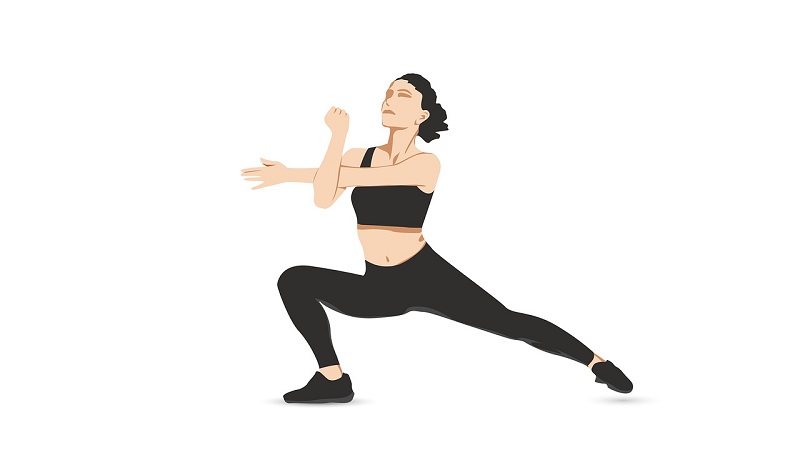
Key Differences Between Pilates and Calisthenics
Focus and Objectives
Pilates primarily concentrates on core strength, flexibility, and mind-body connection. In contrast, Calisthenics centers on bodyweight exercises aimed at developing functional strength and endurance.
Equipment vs. Bodyweight
Pilates often involves specialized equipment aiding controlled movements, while Calisthenics relies primarily on bodyweight exercises, offering a more straightforward and accessible approach.
Muscle Engagement and Improvement
Pilates focuses on targeted muscle groups like the core, promoting flexibility and stability. Calisthenics engages multiple muscle groups simultaneously, promoting functional strength and overall body conditioning.
Choosing the Right Fitness Regimen for You
Assessing Personal Goals and Preferences
Understanding your fitness goals, whether it’s to enhance flexibility, build strength, or achieve a balanced physique, is crucial. Assessing preferences concerning equipment, workout environments, and exercise styles aids in making an informed decision.
Tailoring to Fitness Levels and Limitations
Considerations for fitness levels and any physical limitations should guide your choice. Pilates might be suitable for those seeking low-impact exercises, while Calisthenics offers scalability to accommodate different skill levels.
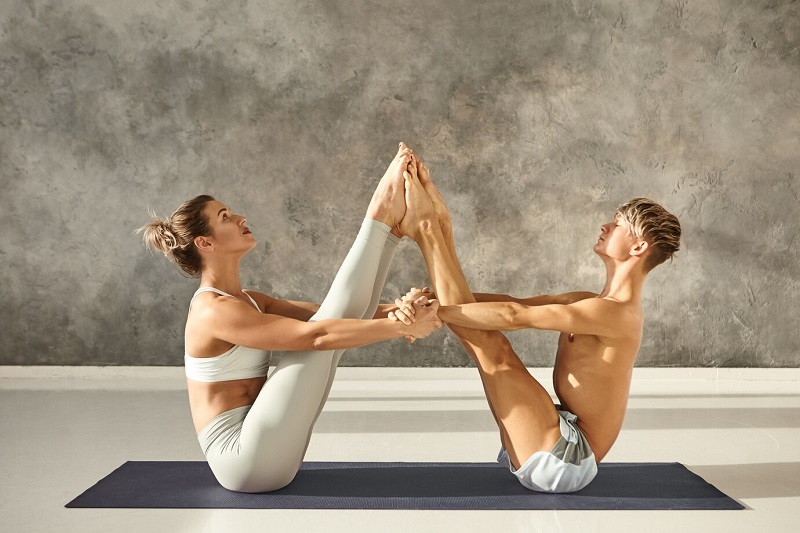
Aligning Goals with Pilates and Calisthenics
Recognize how Pilates and Calisthenics align with your specific goals. Pilates is ideal for enhancing flexibility and core strength, while Calisthenics focuses on functional strength and bodyweight mastery.
Potential Combinations for a Balanced Routine
Combining elements of both Pilates and Calisthenics can create a well-rounded fitness routine. Integrating Pilates for flexibility and Calisthenics for strength might cater to diverse fitness goals.
Conclusion
Choosing between Pilates and Calisthenics ultimately boils down to aligning your fitness goals, preferences, and physical capabilities with the unique attributes of each discipline.
Pilates, with its emphasis on core strength, flexibility, and mind-body connection, suits individuals looking to improve posture, enhance flexibility, and develop a strong core. The controlled movements, whether on specialized equipment or with mat exercises, offer a methodical approach to building strength and stability.
On the other hand, Calisthenics, focusing on bodyweight exercises and functional movements, caters to those seeking overall body strength, agility, and endurance. Its versatility, accessibility, and scalability make it an attractive option for individuals desiring a challenging and dynamic workout routine.
However, there’s no need to restrict yourself to just one regimen. Combining Pilates and Calisthenics can be a winning formula. Integrating Pilates for flexibility, posture, and core strength alongside Calisthenics for functional strength and bodyweight mastery can result in a well-rounded fitness routine.
Remember, the key is to listen to your body, assess your fitness objectives, and select a regimen that resonates with your preferences and aligns with your aspirations for a healthier and fitter lifestyle.
Ultimately, whether you find your solace in the precision of Pilates or the strength of Calisthenics, the journey towards fitness is a personal one. Embrace the discipline that motivates and challenges you, as both Pilates and Calisthenics offer pathways to a stronger, healthier, and more agile you. Cheers to your fitness journey ahead!
Frequently Asked Questions:
Both Pilates and Calisthenics contribute to weight loss indirectly by building muscle and increasing metabolism. Calisthenics, with its high-intensity bodyweight exercises, may aid in burning more calories, but Pilates also helps tone muscles and improves overall body composition.
Absolutely! Combining Pilates vs Calisthenics can create a versatile and balanced fitness regimen. Pilates enhances flexibility and core strength, while Calisthenics focuses on functional strength, making them complementary to diverse fitness goals.
Yes, both Pilates vs Calisthenics can be adapted for beginners. Pilates offers modifications for varying fitness levels, while Calisthenics exercises can be scaled to accommodate beginners by starting with simpler variations and gradually progressing to more challenging movements.

